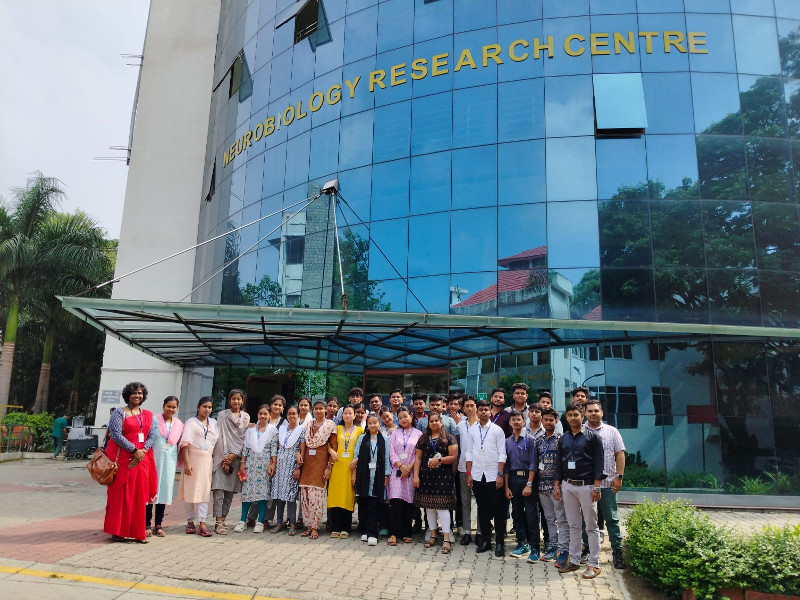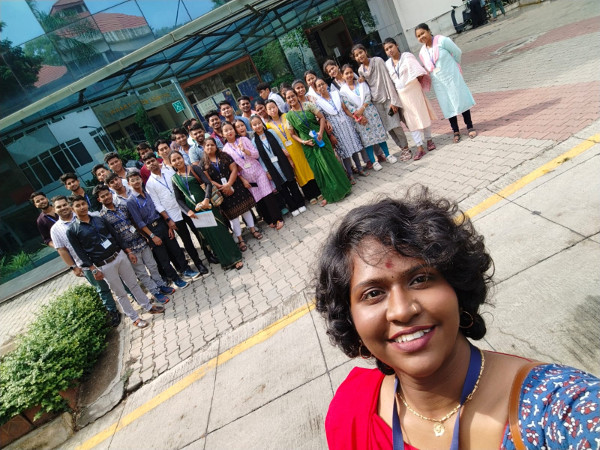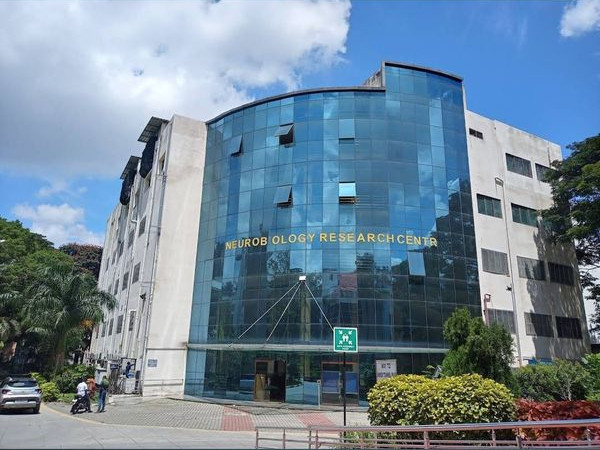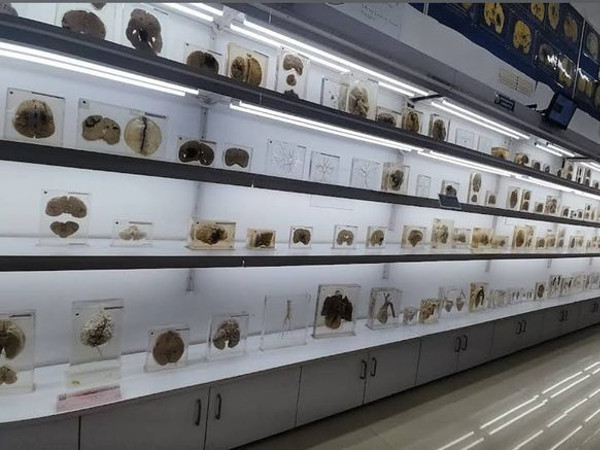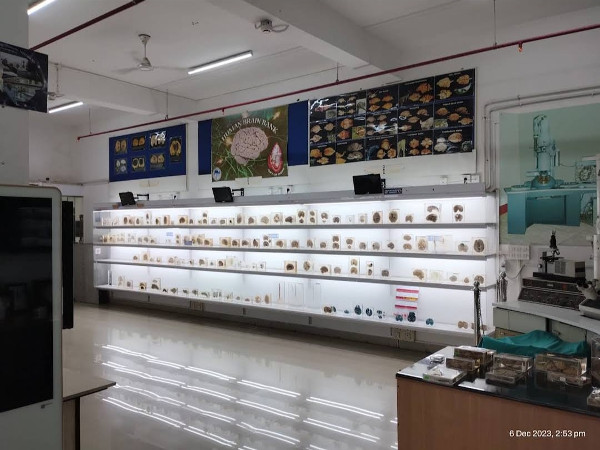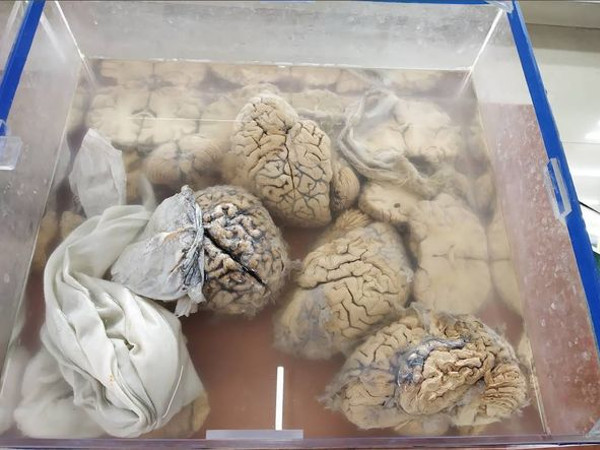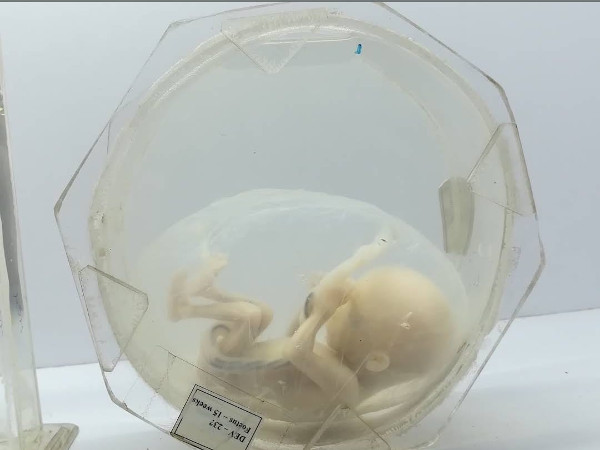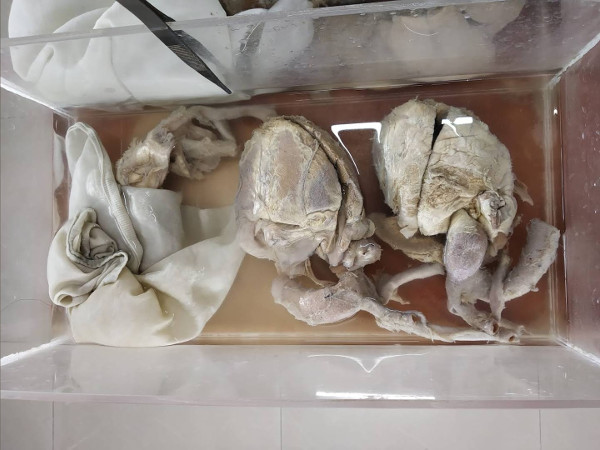Brain Museum Visit
17/05/2024
As part of the curriculum and to enrich and widen the student's knowledge, an industrial visit to the "Neuropathology Brain Museum at Nimhans", Bengaluru was scheduled. The total number of visitors were 35 students and 2 faculties. The itinerary consisted of mainly 3 parts, a presentation which consists of basic information about brain and the neurons, as well as few habits which can affect the brain activity, and secondly a tour of the various specimens at the museum, where we came across the preserved brains of different animals and brains which were diseased, the ones which had developed tumor, the brains which had experienced trauma, depression. There were different sections which displayed genetically defective brains, brain damage due to accidents, defective brain due to neurodegenerative disorder and damaged brain due to various kinds of tumor. Finally an interactive session where the students were allowed to touch and feel a few specimens of the brain and its various parts, as well as some of the organs of the human body, to gain real insights on the morphology of the brain. The anatomy of the brain and spinal cord, with other vital organs was explained in brief by Dr. Dhanya. Some of the general facts on the brain of all levels of organisms and the cognition process in all of them was explained by Dr. Sofia.
Objectives:
- Gain knowledge on Brain's anatomy and its function
- Comprehend the human nervous system and its dys-functioning
- Understand and apply the concepts of cell signalling
- Compare and contrast between normal and diseased brains
Learning Outcomes:
- Learnt about how the human brain is different from other species of the same genus or kingdom. Human brain has got the ability to think and reason
- There is no relation between size of brain and it's thinking ability for example as the sperm whale has 9.2 kg brain weight and the humans have 1.5 kg
- The IQ of a person is determined by the number of synapses and it is independent of folds
- Gyri and sulci differ in normal brain and Alzheimer's brain. In alziemers the synapses are less because of the larger sulcies
- Normal human brain weighs about 1.5 kg but we don't feel its weight because it floats in CSF (Cerebrospinal Fluid). Brain is protected by meninges composed of three layers: dura mater, arachnoid mater and pia mater. This provides basic support to the brain along with CSF
- The cerebellum helps in the balance of the body, spinal cord runs from the medulla through the vertebral column, where we can see the CSF protecting the spinal cord as well
- The different skull bones, that is to name a few temporal, occipital and frontal bones. All these are held by sutures
- Vertebral column is divided into 4 parts. These regions are called the cervical spine, thoracic spine, lumbar spine, sacrum and coccyx. There are seven cervical vertebrae, twelve thoracic vertebrae and five lumbar vertebrae
- Since opportunity to touch a few vital organs of humans including the brain was provided, students were able to understand its anatomy. Able to see the grey and white matter of the brain, location of the pituitary gland, the nodes of the brain stem and others in a clearly dissected brain
